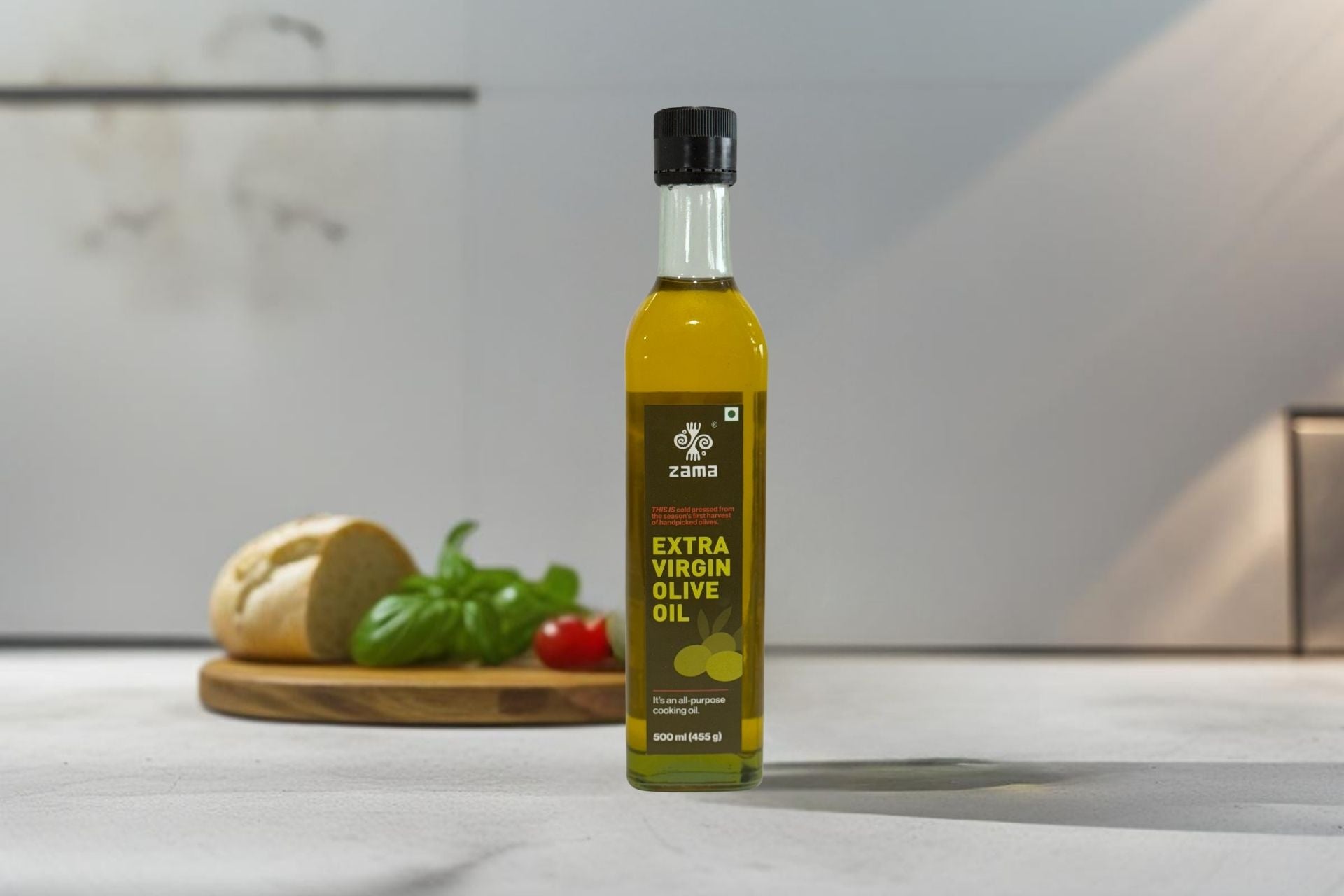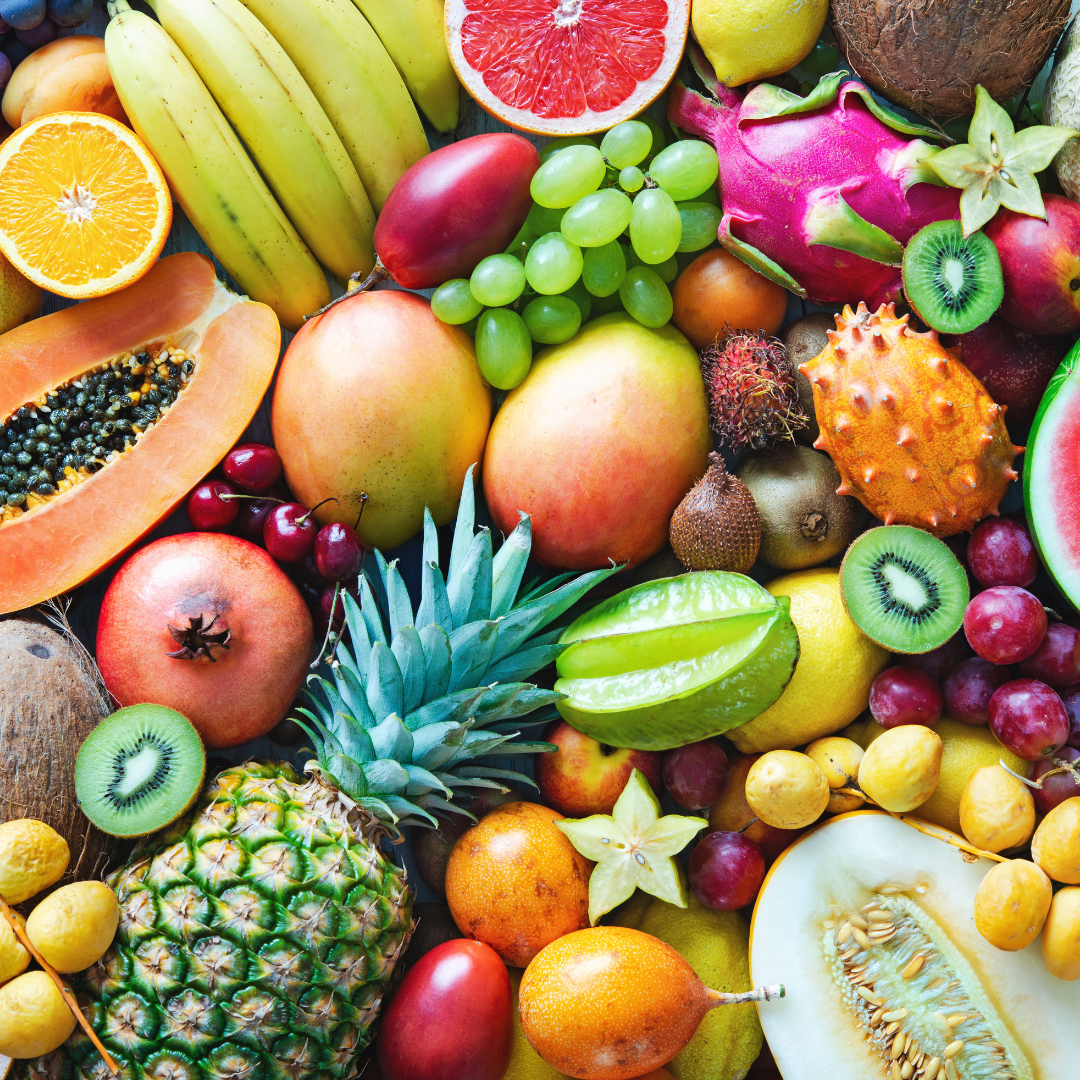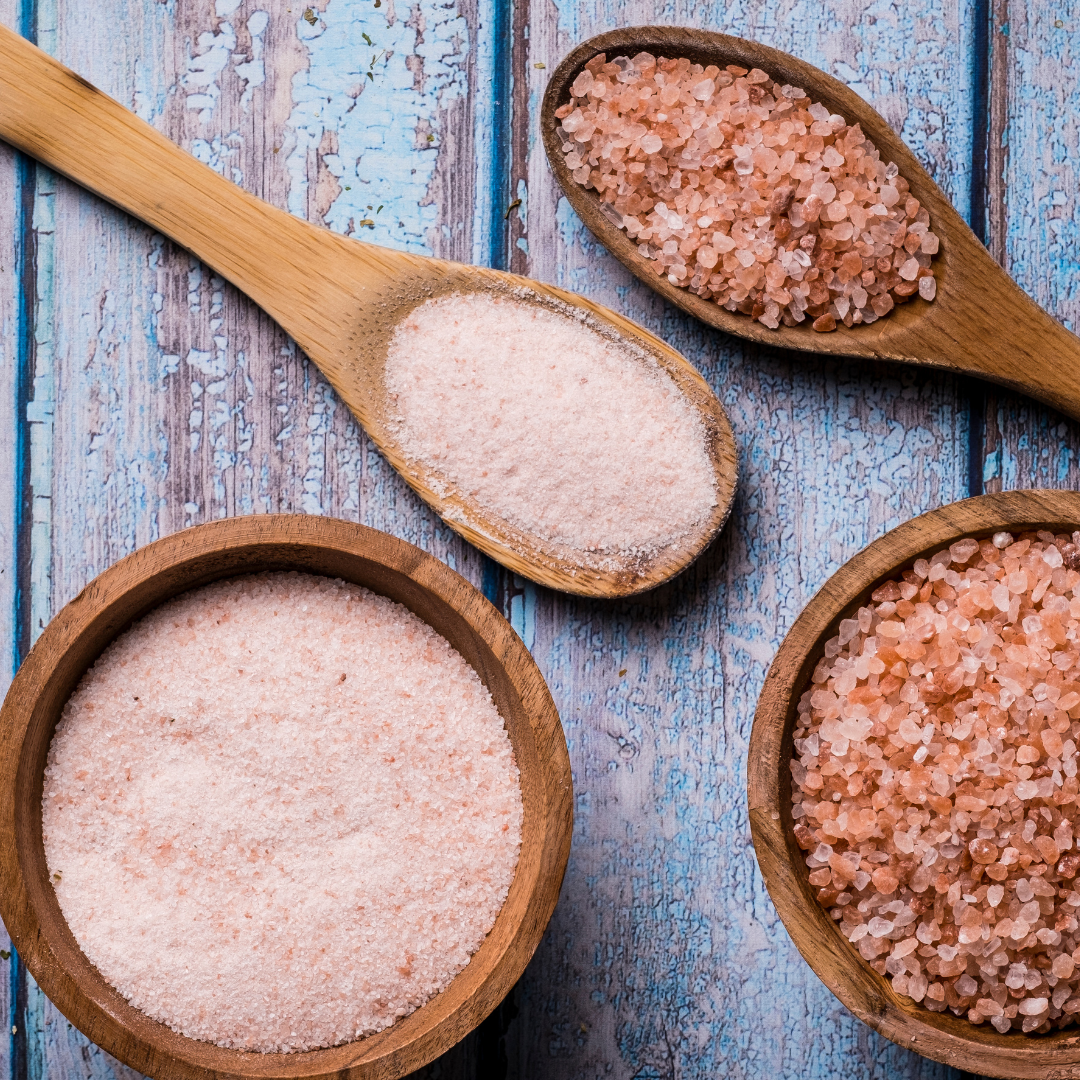Unraveling the Mystery
Ever found yourself wondering about the magical journey fruits go on after being plucked from their Farms? It's not just a curious question; it's a mystery wrapped in the science of colors, flavors, and changes. Why does that green banana on your kitchen counter turn yellow, while that perfectly-picked strawberry never gets any sweeter after you bring it home? Let's dive into the captivating world of fruit ripening and explore the reasons behind this intriguing phenomenon.
What's Ripening All About?
Ripening is like a natural process of fruit, where they undergo changes in their looks, feel, and taste. It involves a bunch of scientific stuff – physiological and biochemical transformations, to be exact. Imagine a green apple turning red, a firm banana getting soft, and a once-tart tomato becoming sweet – that's ripening in action. But here's the twist: not all fruits follow the same script once they're picked.
Climacteric vs. Non-Climacteric Fruits
To understand the ripening behaviors, we need to know about the two main categories: climacteric and non-climacteric fruits.
Climacteric Fruits
These fruits continue to ripen after being picked, marked by a significant increase in ethylene production. Examples include:
- Bananas: Turn from green to yellow, soften, and sweeten.
- Apples: Develop a deeper color and become juicier.
- Tomatoes: Change from green to red and gain sweetness.
- Avocados: Soften and develop their rich, creamy texture.
- Mangoes: Transition from firm and tart to soft and sweet.
- Kiwis: Soften and become more flavorful.
- Peaches and Nectarines: Become juicier and more fragrant.
Non-Climacteric Fruits
These fruits do not ripen once harvested and have minimal changes in ethylene production. Examples include:
- Grapes: Remain as sweet as when picked.
- Citrus fruits (like oranges and lemons): Maintain their juiciness and tartness.
- Strawberries: Retain their level of sweetness and firmness.
- Pineapples: Keep their tropical flavor and texture.
- Watermelons: Stay crisp and sweet.
- Cherries: Maintain their firmness and tart-sweet balance.
- Bell Peppers: Keep their crunchy texture and flavor.
Storing Fruits at Home – The Art of Keeping Things Fresh
Now that we know the fruit personalities, let's talk about the home front – how to store these fruity wonders for maximum freshness and deliciousness.
For Climacteric Fruits
-
Room Temperature
If your fruits are not quite ripe yet, let them chill in room temperature.
-
Chill in the Fridge
Once your fruits hit the perfect ripeness, it's time for the fridge. It slows down the ripening show and keeps them fresh for longer.
-
Ethylene Helpers
Need that banana or avocado to ripen faster? Stick them in a paper bag with an apple or banana. It's like inviting the ethylene party over for a quick visit.
For Non-Climacteric Fruits
-
Instant Fridge Time
These fruits are cool with chilling from the get-go. Pop them into the fridge as soon as you can to lock in their freshness.
-
No Closed Spaces
Keep them free! Non-climacteric fruits don't like enclosed spaces that trap moisture. It's like giving them room to breathe.
Understanding whether a fruit is climacteric or non-climacteric helps you keep them in their prime.
The world of fruits and their ripening processes is a perfect blend of nature’s simplicity and complexity. Understanding whether a fruit is climacteric or non-climacteric helps in choosing the right storage method, ensuring you enjoy your fruits in their best state.
As we unravel the magic behind fruit ripening, it's not just about science – it's about appreciating the simple joy of enjoying a juicy peach or a crisp watermelon slice. So, next time you bite into that perfectly ripe piece of fruit, remember the fantastic journey it took from the tree to your taste buds. In the end, it's not just a banana turning yellow or a strawberry staying sweet – it's nature's way of bringing a burst of joy to your everyday snacking.






